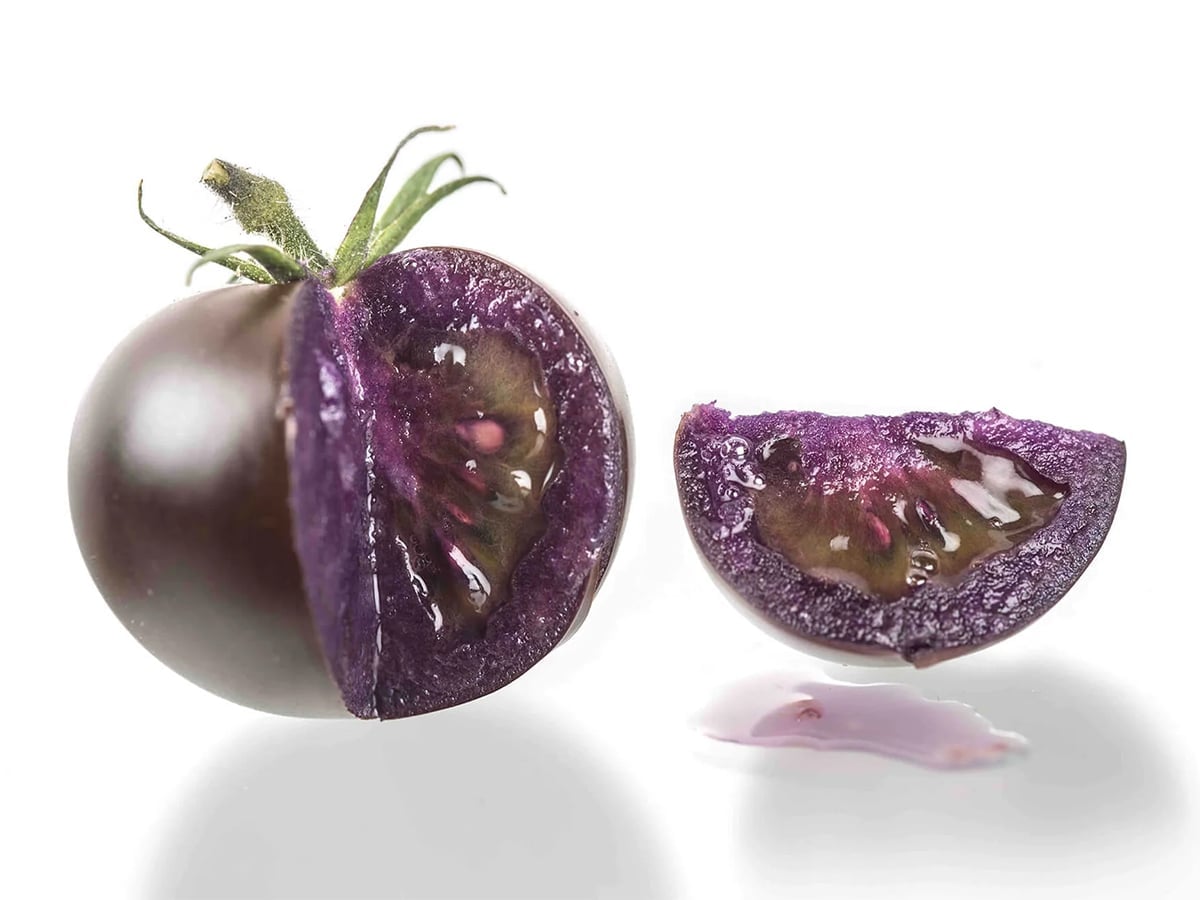A new class of insecticides has yielded its first entry for use against several species of aphids in Canadian potato crops.
Dow AgroSciences on Monday announced it has picked up federal registration for Closer, with the active ingredient sulfoxaflor, the first insecticidal molecule to be commercialized from the sulfoximine class of chemicals.
Dow Agro said its new molecule is effective on insect populations resistant to other insecticide classes such as neonicotinoids, organophosphates and pyrethroids. Thus, the company said it expects Closer to be a "valuable rotational partner with other chemistries" and a "welcome addition to integrated pest management (IPM) programs."
Read Also

Selling GMO tomato seeds to Canadian gardeners ‘reckless’ say advocates
Selling genetically-modified purple tomato seeds to home gardeners could raise the risk of contamination of organic vegetable varieties and hamper farmers’ ability to save their own seed, say a group of advocates.
Further, the company said, Closer shows "excellent" systemic and translaminar activity, helping to control pests hiding in the plant canopy and on the undersides of leaves.
"Closer exhibits complex and unique interactions with important receptors in the insect’s central nervous system different from those observed with neonicotinoids," marketing manager Jerry Olechowski said in the company’s release.
"It exhibits no cross-resistance in insects that are resistant to neonicotinoids, a tremendous advantage for managing resistant populations."
Dow Agro has billed the new product as effective at low use rates and "very fast acting" with "extended" residual control.
The company submitted dossiers on sulfoxaflor to regulatrs in Canada, the U.S. and Australia in late 2010, with plans to market it worldwide under the brand names Closer and Transform for use on crops such as cotton and rice.
Korea was the first country to approve the molecule, for use on apples, pears and red peppers, in late 2011.














